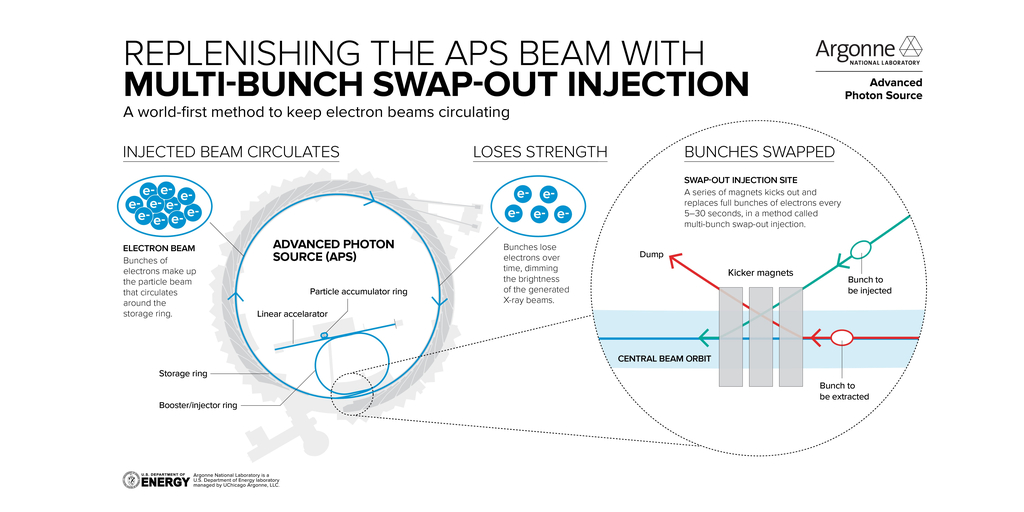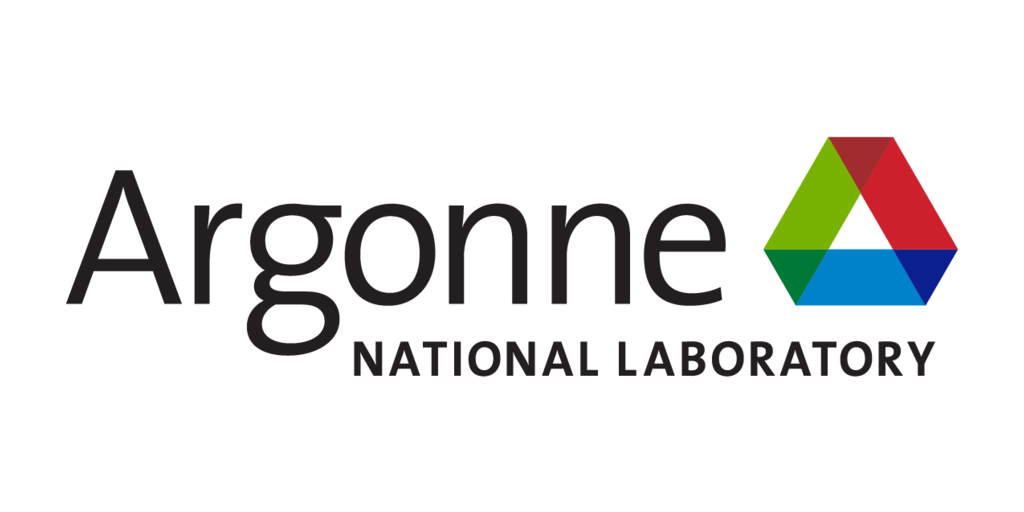Shine On: Argonne’s Upgraded Advanced Photon Source Sees First X-ray Light for Science
LEMONT, Ill–(BUSINESS WIRE)–A new era of science at the Advanced Photon Source (APS) is ready to begin. On June 17, 2024, the facility at the U.S. Department of Energy’s (DOE) Argonne National Laboratory delivered its first X-ray light beams to a scientific beamline as part of a comprehensive and complex upgrade.
The APS, a DOE Office of Science user facility, has been a leading destination for X-ray science for nearly 30 years. Scientists from around the world use its ultrabright X-ray beams to learn more about our universe and lay the groundwork for longer-lasting batteries, more efficient solar cells and tougher materials for roads and bridges, to name a few. For the past year, operations have been paused at the facility while the original storage ring, which generates the X-ray beams, was removed and a brand-new ring installed.
After more than a month of commissioning the new storage ring, the APS team has begun the process of bringing each of the 71 experiment stations, called beamlines, around the ring into operation. The first scientific beamline to receive X-rays was 27-ID, home of the resonant inelastic X-ray scattering program at the APS. Scientists will be able to use 27-ID to study complex materials that may be used to power the devices of the future.
The new storage ring will also pioneer the use of multi-bunch swap-out injection, a method of periodically replenishing electrons in the beam as it circulates. The APS is the first modern synchrotron X-ray light source in the world to make use of it. Argonne’s accelerator team successfully rolled out the technique on the new machine recently.
The X-ray beams generated by the upgraded APS will be up to 500 times brighter than those of the original facility, and hundreds of billions of times brighter than the X-ray beams in your dentist’s office. Using these beams, scientists will be able to peer inside thick materials to see what they are made of and how they behave, at spatial and time-scale resolutions previously impossible with X-rays.
Over the course of the next year, all of the APS beamlines will return to operations, and scientists from around the globe will begin to conduct research on the upgraded APS later in 2024.
Contacts
Christopher J. Kramer
Head of Media Relations
Argonne National Laboratory
Office: 630.252.5580
Email: media@anl.gov






